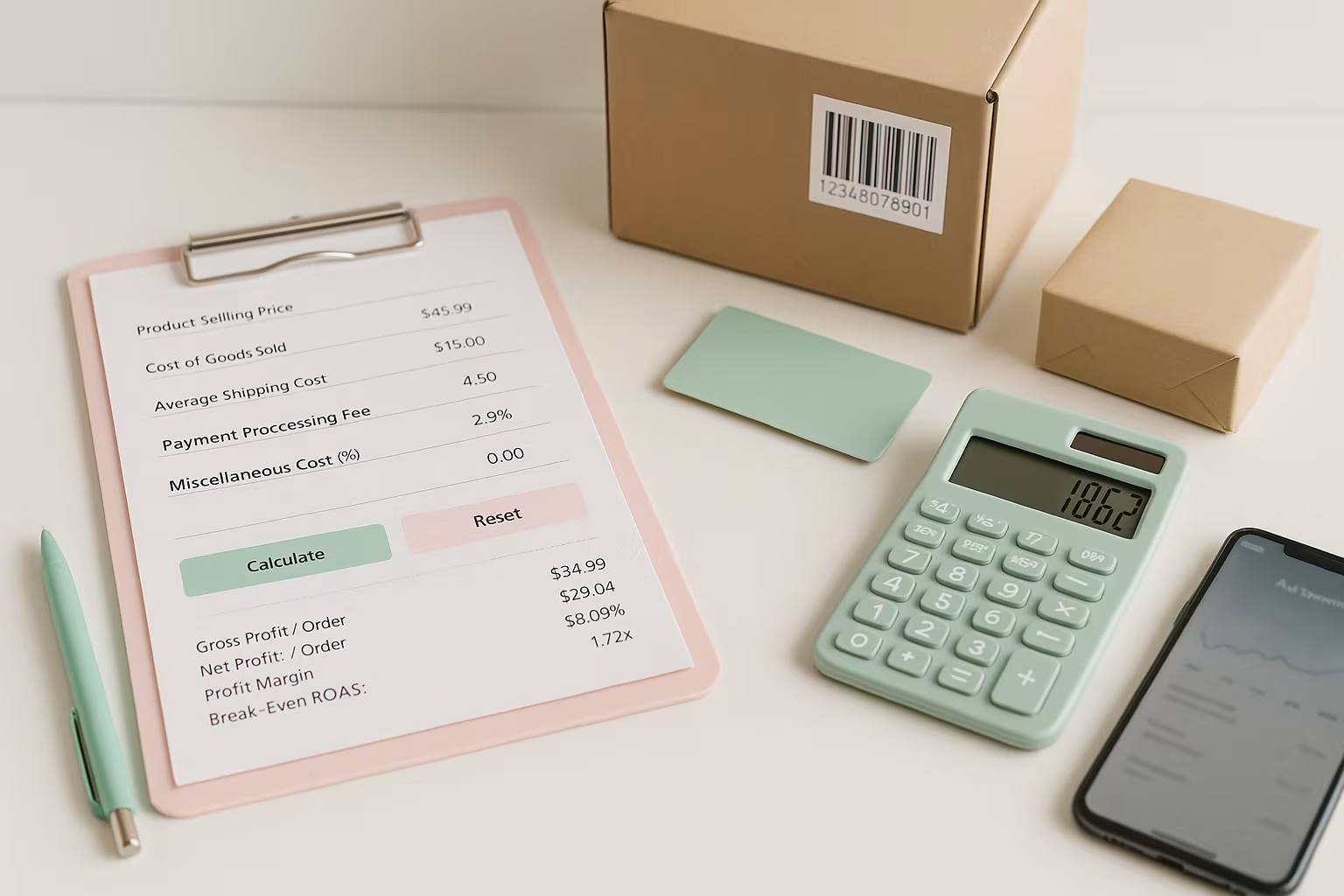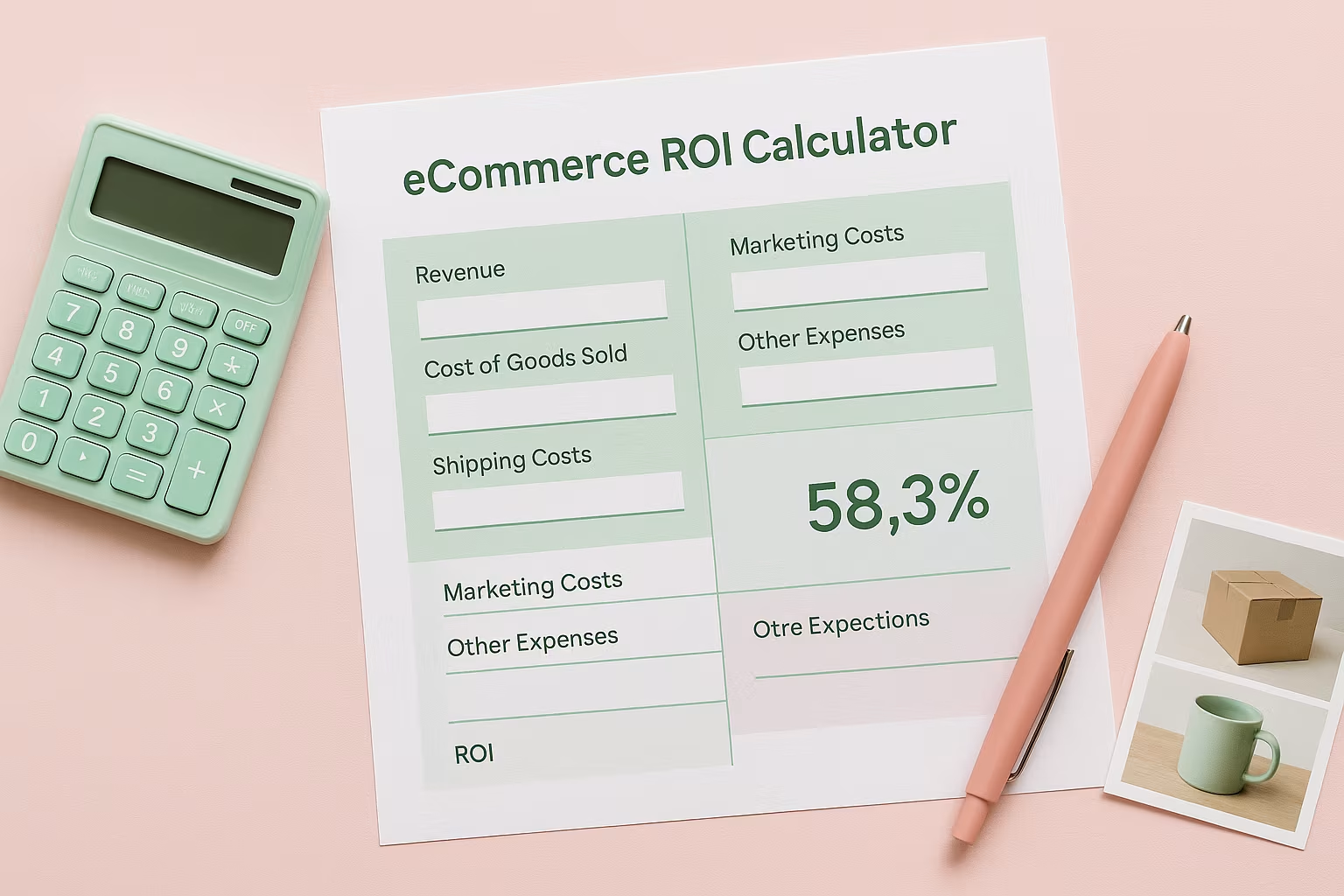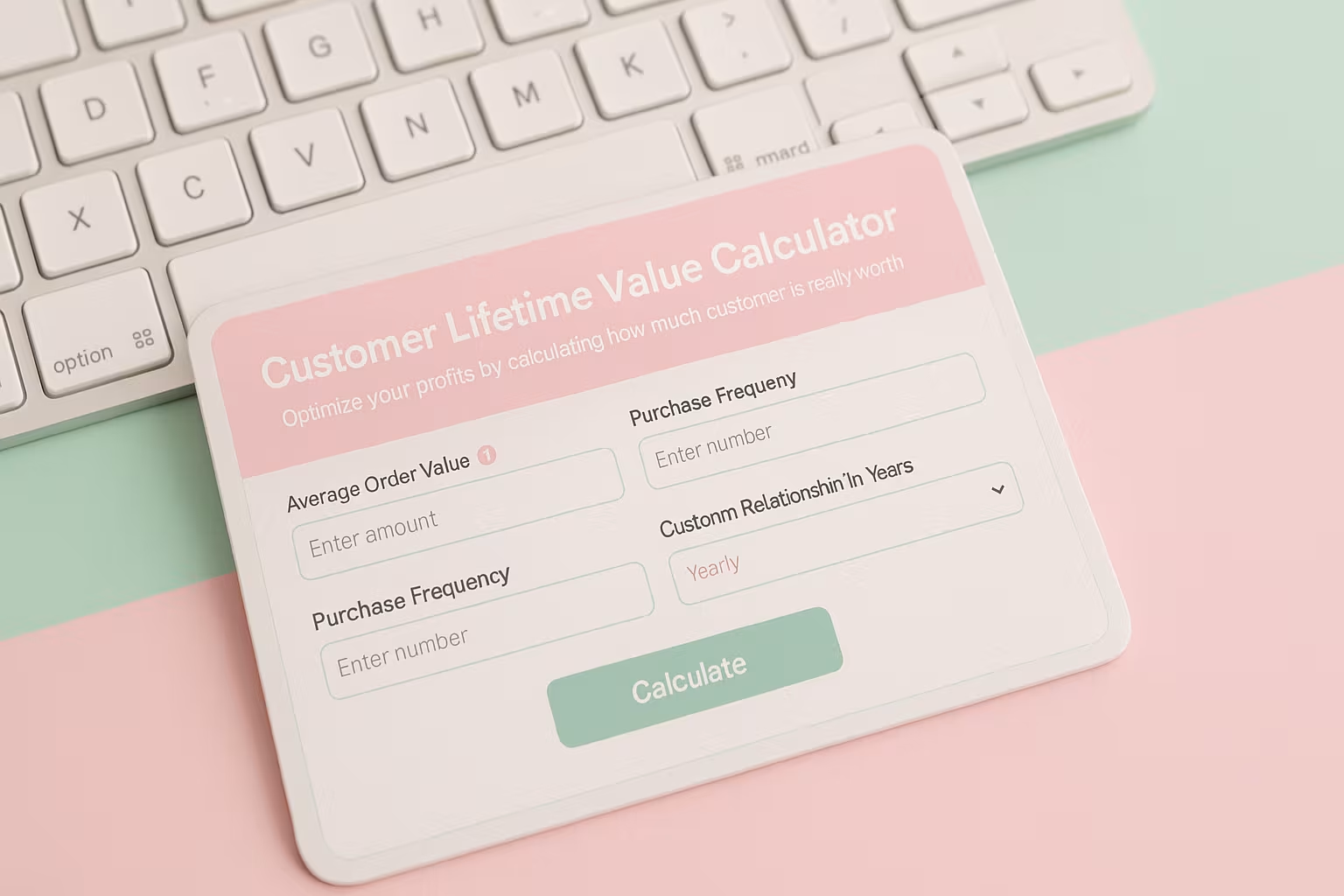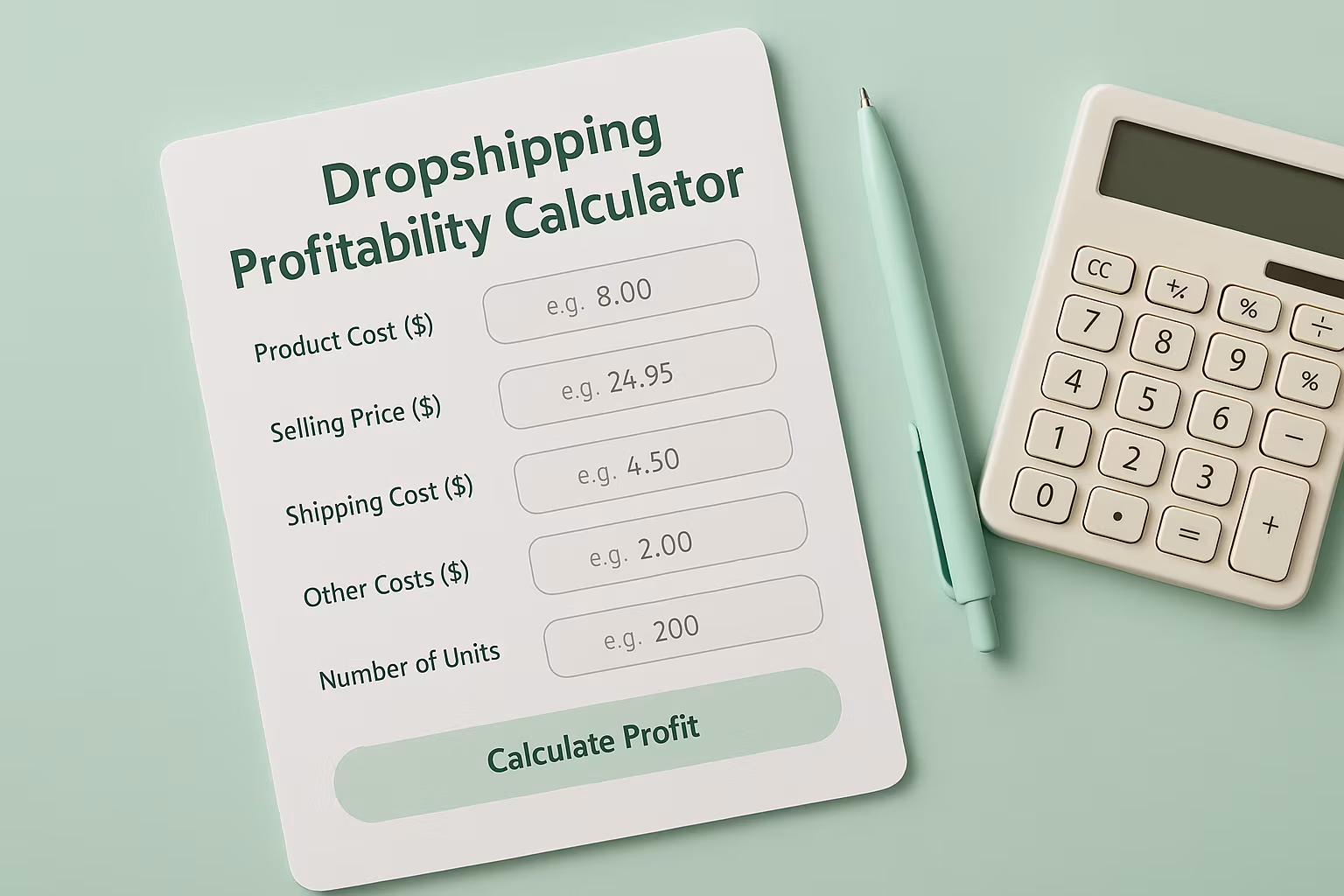Dropshipping Tariffs in 2025: How New Taxes to Import from China Impact Your Business

Dropshipping from China has been a popular business model for years, but 2025 brings major changes that could shake up the industry.
Starting February 4, 2025, all imported goods from China face an additional 10% tariff on top of existing duties and taxes. More importantly, the duty-free entry limit under Section 321, which allowed shipments valued under $800 to bypass customs duties, has been removed. In North America, Alibaba and PDD Holding companies, such as Temu, highly took advantage of this loophole.
With these tariffs imposed, sourcing products from China will be more expensive, with longer shipping times and additional customs processing.
Businesses must also account for other fees, such as compliance charges and documentation requirements, which could further impact profit margins.
Furthermore, every shipment will undergo customs duties assessments, increasing expenses and potential delays.
Let’s break it down into simple terms, so you know exactly what’s happening and how to prepare.
The new tariffs shaking up dropshipping
The Trump Administration’s new tariffs aim to reduce reliance on Chinese imports and boost domestic production. While this may benefit some US businesses, it creates serious challenges for dropshipping companies that depend on low-cost, zero-duty entry of products from China.
For years, platforms like SHEIN, Temu, and Alibaba took advantage of the Section 321 de minimis rule, which allowed goods valued under $800 to enter the US without paying import duty. Now that Section 321 has been eliminated, every shipment (even those under this threshold) must go through customs clearance and be subject to import duties and taxes.

Additionally, the new 10% import tax means the total value of sourcing goods from China will rise significantly. This impacts everything from product pricing to profit margins, forcing many ecommerce sellers to reconsider their sourcing and fulfillment strategies.
Beyond the immediate financial impact, these changes will also:
- Make customs brokers a necessity for many businesses
- Lead to higher tariff rates on products from China
- Slow down customs and border protection processing times
Understanding the purpose of the new tariff rates
The US government introduced these tariffs for three main reasons:
- Protecting US businesses. Higher import duty makes foreign products more expensive, encouraging customers to buy American-made goods.
- Generating revenue. The government collects money from importers based on the customs value of goods, using these funds to support domestic programs.
- Controlling imports. The removal of Section 321 is meant to close loopholes that allowed Chinese suppliers to avoid customs duty, ensuring all incoming products are correctly taxed.
While these policies aim to strengthen the US economy, they create major challenges for small dropshipping businesses, especially as the clearance process becomes more complex and time-consuming.
With stricter customs processes, many buyers may refuse to complete clearance, leading to failed deliveries, refunds, and chargebacks. Shipping carriers will charge sellers for refunds, and unexpected customs duties may push buyers to dispute transactions.
A surge in chargebacks can freeze funds, suspend stores, or even shut down businesses, making it crucial for dropshippers to adapt to new import duties and customs clearance rules.
Import tax challenges after Section 321’s removal
For years, Section 321 allowed US importers to bring goods valued under $800 without paying import duty. This no-duty entry was a game-changer for dropshippers, enabling low-cost sourcing and fast shipping from China. However, with its removal, every bought-in product now requires customs clearance and is subject to duties and taxes.
The biggest challenge is the new import tax burden. Previously, businesses could ship individual packages directly to customers, avoiding customs charges and duty rates. All imported goods must go through US customs, pay import duties and taxes, and meet stricter border protection regulations.
Without Section 321, dropshipping from China is now more expensive, slower, and complex. US importers must adapt by rethinking logistics, pricing, and supply chains. Those who do will find new opportunities in a high-tariff world.
How these changes are reshaping dropshipping businesses
Removing Section 321 and higher import duties forces dropshippers to rethink their strategies. What once made China-based dropshipping highly profitable—low import costs, fast shipping, and duty-free entry—is now more expensive and complex.
- Higher product costs. Every shipment now incurs import and customs duty, increasing the products' total value.
- Stricter customs processes. Customs and Border Protection (CBP) now requires more documentation, including HTS codes, commercial invoices, and duty rates for all goods imported.
- Longer shipping times. More customs clearance requirements mean slower deliveries, especially for small shipments valued under $800, which previously bypassed duties.
US dropshippers must explore alternative sourcing, bulk shipping, and US-based fulfillment to stay profitable. "Made in America" will soon regain its popularity as a strong selling point for consumers. Partnering with a US fulfillment provider like Supliful ensures faster shipping, reduced import duties, and a reliable supply chain—all without dealing with customs delays.

Explore tips for new importers and exporters by the Customs and Border Protection (CBP).
The ripple effect: higher import duty, shipping delays, and customs duty complications
These changes go beyond higher import costs—disrupting the entire dropshipping model.
Why shipping is getting slower and more expensive
With more shipments requiring formal entry, US customs is facing processing backlogs.
This means:
- Increased customs charges for small shipments that previously avoided duties and taxes
- Freight charges are rising due to stricter regulations on goods shipped from China
- More returns and failed deliveries due to unexpected customs fees
The impact on product pricing
Dropshippers will need to raise prices to cover import costs. For example, a product that once cost $10 to source may now require paying import duty, customs charges, and merchandise processing fees, pushing the price to $13 or more.
Consumers may seek cheaper, locally sourced alternatives, pressuring dropshippers to find cost-efficient solutions.
How the new tariffs benefit some businesses while harming others
The new import tariffs and customs duty rules aren’t bad for everyone. While dropshipping businesses face higher import costs, some companies benefit from these changes.
Who benefits?
- US manufacturers. With Chinese imports becoming more expensive, American-made products are now more competitive.
- Fulfillment centers in the US. More sellers will store products domestically to avoid paying import duty on individual shipments.
- Private-label brands. Private-label brands. Businesses that use US-based fulfillment solutions like Supliful to source and ship products domestically will see a surge in demand, avoiding high import taxes while maintaining fast shipping times.

Interested in storing your products in USA and avoiding customs fees? Get a quote today and explore other opportunities on-demand fulfillment has in store for you.
Who loses?
- Dropshippers relying on China. The days of no-duty entry are over, meaning higher import duties and taxes on every order.
- Consumers looking for cheap products. With higher total costs of imported goods, prices will rise.
- Fast-shipping ecommerce brands. Customs clearance delays will slow deliveries, making US-based alternatives more attractive.
For businesses that adapt—shifting suppliers, using bonded warehouses, or sourcing domestically—there’s still room to profit.
But those who stick to old dropshipping models may struggle to survive.
China’s retaliation and the risks of escalating customs duty for US businesses
The US isn’t the only one raising tariffs. In response to these import duties and taxes, China has imposed its countermeasures, including:
- 15% tariffs on US coal and liquefied natural gas
- 10% tariffs on crude oil, farm equipment, and automobiles
- Export restrictions on key metals like tungsten and indium (critical for tech and defense)
These retaliatory tariffs could make it harder for US brands to source materials, increasing import duty rates on alternative products.
With trade tensions escalating, the uncertainty in international trade makes long-term supply chain stability a top priority.
Strategies for dropshippers to adapt and thrive
While higher import duty rates and removing Section 321 create challenges, smart dropshippers can still find ways to stay profitable. The key is adapting to the new rules rather than fighting them.
1. Explore alternative suppliers
China is no longer the cheapest or easiest option for US import businesses. Sourcing from Vietnam, India, or Mexico can help reduce import costs while avoiding some additional tariffs. Many countries have a free trade agreement with the US, making bringing products with lower or no customs duty easier.
2. Use bonded warehouses and foreign trade zones
Bonded warehouses allow businesses to store imported goods without paying import duty until sold. This strategy is helpful for US import companies that want to manage cash flow efficiently while minimizing upfront customs duty expenses.
Foreign Trade Zones (FTZs) offer similar benefits, allowing bulk importers to delay general import duty payments while keeping inventory in duty-free storage. Additionally, working with an experienced freight forwarder can streamline the process, ensuring that shipments clear customs duty smoothly and avoid unnecessary delays.
3. Shift to bulk shipping instead of direct-to-consumer
Instead of shipping individual orders from China, consider sourcing in bulk and storing products in a US fulfillment center like Supliful. This minimizes freight charges, reduces per-unit costs, simplifies customs clearance, and ensures faster delivery to customers.
4. Work with a customs broker
With customs and border protection tightening rules, many dropshipping businesses will need customs brokers to handle formal entry paperwork, look up duty rates, and ensure compliance with the Harmonized System (HS codes). Every shipment must go through stricter customs duty assessments, increasing costs and processing times.
Understanding the Harmonized Tariff Schedule (HTS codes) is essential, as misclassifying products could result in unexpected customs duty charges or shipment delays. Working with experts can help businesses navigate these changes and avoid costly errors.
5. Adjust pricing and business models
The days of ultra-cheap China dropshipping are fading. To maintain profits, businesses should:
- Raise product prices to absorb higher duty rates and import tax
- Sell higher-value products where import costs are a smaller percentage of the total price
- Consider private labeling, as US customers may prefer locally branded products over direct shipments
Supliful’s private-label fulfillment allows you to launch your own branded products without the hassle of overseas shipping, import duties, and customs clearance delays.
With every shipment now subject to customs duty, businesses must carefully manage pricing and explore strategies to reduce costs. Those who fail to plan may be forced to pay duties that deeply cut their margins.

The days of super-cheap, duty-free sourcing are gone. But it's not the end of dropshipping from China.
Adapting to a new era of dropshipping
Dropshipping isn’t dead, but it’s changing. Businesses that adapt by sourcing strategically, optimizing shipping, and complying with new trade regulations will survive and thrive.
The 2025 import tariffs and the removal of Section 321 have made dropshipping from China more expensive, slower, and complex. US importers now face higher import duties and taxes, stricter customs clearance procedures, and longer shipment delays. This is a major shift for businesses that rely on duty-free shipments.
However, we’ve also seen that:
- Not all businesses lose. US manufacturers, private-label brands, and fulfillment centers stand to gain.
- There are ways to adapt, including sourcing from different countries, using bonded warehouses, and switching to bulk shipments instead of individual shipments.
- Working with customs brokers and understanding HTS codes, duty rates, and import tax rules will be key to staying compliant.
The future of dropshipping from China will require more planning, higher costs, and longer delivery times, but businesses that adjust their strategies will continue to profit. Stricter customs rules and rising customs duties mean sellers must rethink their pricing, logistics, and compliance approach.
Whether this is the end of an era or just a new chapter depends on how quickly sellers adapt. Those who can navigate these changes (especially as products China valued for their affordability now face higher fees for US import) will still find opportunities in the evolving ecommerce landscape.
The key takeaway for US drop shippers is clear: stay flexible, stay informed, and be ready to evolve.
Switching to Supliful’s US-based fulfillment and private-label solutions can help dropshippers avoid costly taxes and shipping delays, ensuring a more stable and profitable business in 2025.
FAQ
Related blogs

Break-Even ROAS Calculator: Find Out What You Can Afford to Spend on Ads

Ecommerce ROI Calculator: Scale Your Store

Customer Lifetime Value Calculator: Unlock Your E-commerce Revenue Potential


